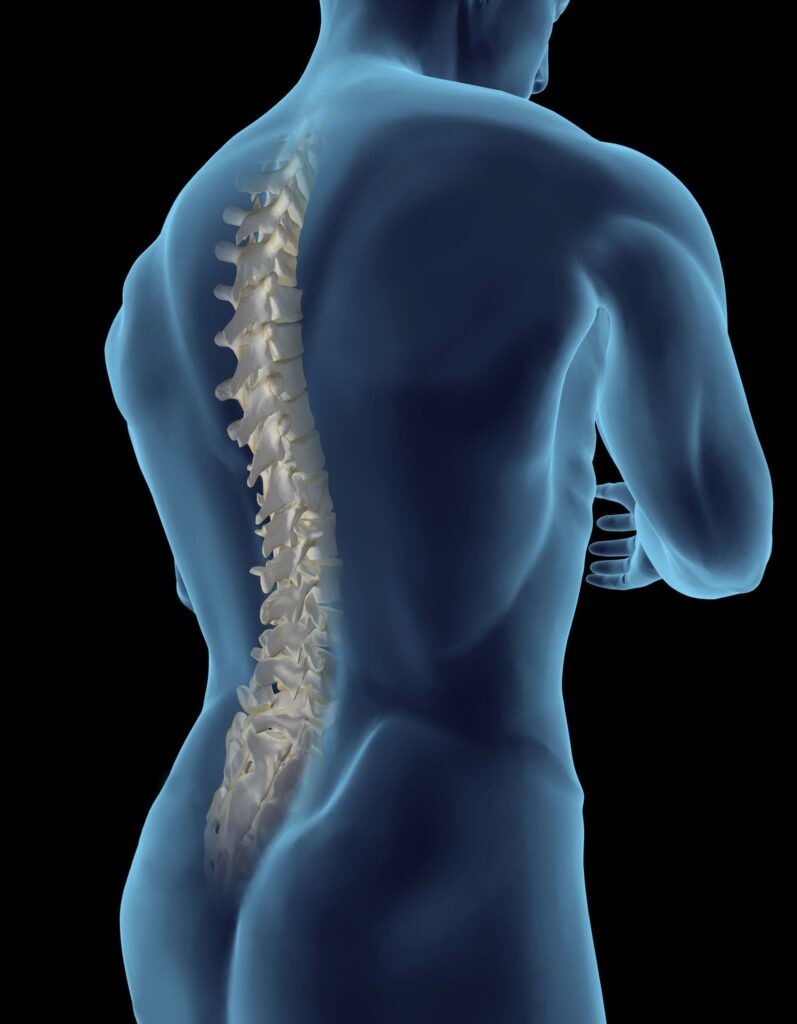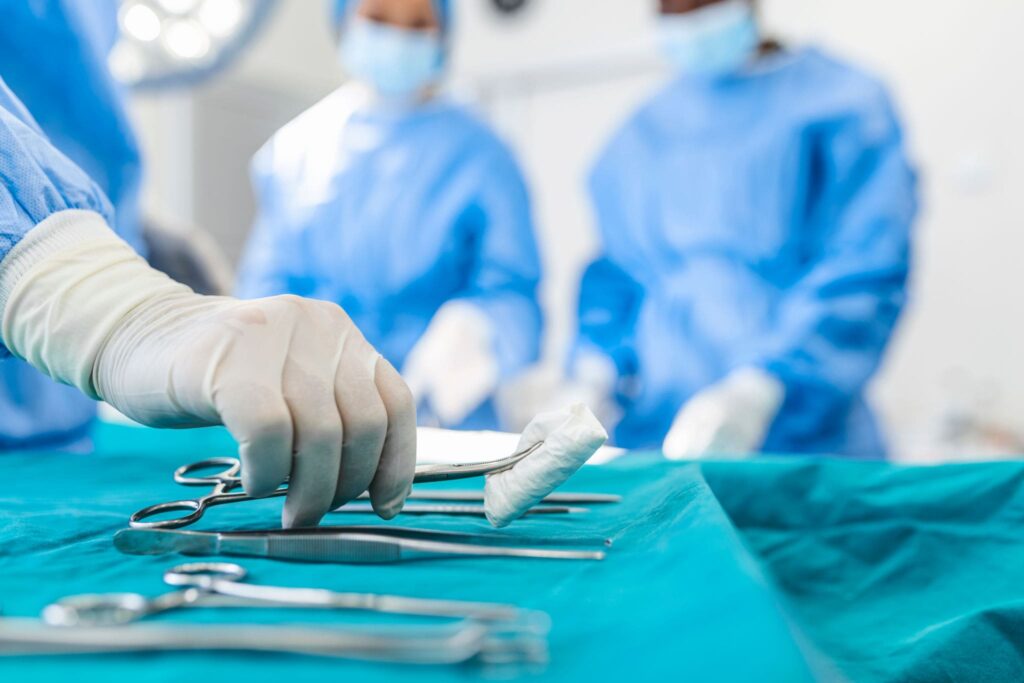- (213) 369-4583
- Monday - Friday
- 9 am - 5 pm
Cauda Equina Syndrome: Symptoms, Causes, Treatment, and Recovery

Aug 22, 2022
Lower back and leg pain can be associated with a lot of medical reasons. If the pain is due to a muscle pull or minor injury, it goes away with conservative treatments like massage therapies and medicines. However, sometimes the pain is due to a compression in nerves caused by a herniated disc or bone spurs, in these conditions immediate surgical treatment is required. One of such conditions is Cauda Equina Syndrome (CES) which occurs due to nerve compression in the area where the spinal cord ends.
What is Cauda Equina Syndrome?

“Cauda Equina” is a Latin word that means horse’s tail. In medicine, it is referred to as the bundle of spinal nerves (resembling the shape of a horse’s tail) and nerve roots present just below the spinal cord in the sacral region. Severe compression on these spine nerves due to any deformity in the spine is called Cauda Equina Syndrome.
What Causes Cauda Equina Syndrome?
There can be a lot of different causes of CES. The most common causes include;
- Massive Disc Herniation
- Spinal tumor
- Epidural Hematoma
- Lumbar Anesthesia
- Birth Abnormalities
- Infection
Symptoms of Cauda Equina Syndrome
Early symptoms of Cauda Equina Syndrome resemble symptoms of other spine diseases thus making the diagnosis a little tricky. These symptoms include weakness in the legs and reflexes, pain in the lower back, and pain in the legs and ankles. However, some red flag symptoms should raise caution in a medical practitioner. According to the latest research, red flag symptoms of the disease are;
- Pain in both legs (Sciatica)
- Losing control over bladder movement. For example, an altered awareness of the need to urinate. The patient loses sensation in the bladder in case of complete damage.
- Sexual dysfunction
- Losing bowel control
- Tingling or numbness in buttocks and nearby area
Mentioned above are some early red flag symptoms that can be diagnosed by a doctor by conducting a physical examination, however, to be fully sure of the existence of the disease, the doctor may conduct diagnostic procedures like MRI, CT scan, or Myelogram.
Is Cauda Equina Syndrome Life-threatening?
Cauda Equina Syndrome is not recognized as a life-threatening disease but if left untreated, it can lead to permanent paralysis of one or both legs. In addition to this, patients also lose complete control over bowel and bladder control.
The problem with CES is that by the time its symptoms become evident or reported by the patient, the patient has already entered a critical condition. Therefore, immediate surgery is required once the existence of the disease is established. According to the latest medical research, surgery must be carried out after 8 to 48 hours of the onset of symptoms for the best chances of recovery.
Treatments for Cauda Equina Syndrome

Surgical treatments for CES are similar to the ones used for other diseases involving spinal compressions. The objective is to decompress the nerves and remove the pressure to relieve the pain. For this purpose, a neurosurgeon follows the procedure explained below.
Cauda Equina Syndrome Treatment in Los Angeles: Visit Southern California Brain & Spine Surgery for the best treatment of Cauda Equina Syndrome. Fill out the contact form given below or call us at 213-369-4583.
Surgery for Cauda Equina Syndrome
After giving you general anesthesia, the doctor will uncover the lumbar region by making an incision. Once the doctor has access to the infected part, he/she will decide the approach to be used to remove compression of the nerves. Depending upon the nature and severity of the condition, discectomy or laminectomy can be performed. In the former, a portion of the herniated disc is removed whereas, in the latter, a greater portion of the bone (lamina) covering the roof of the spinal canal is removed. Both procedures relieve the unnecessary stress on the spinal nerves relieving patients of the pain.
Just like any other spine surgery, surgery for Cauda Equina Syndrome has also some risks associated with it. In most cases, patients recover without any major complications. Having said that, the following are some post-surgical risk factors a patient might experience;
- Infection in incision
- Blood clot
- Dural tear causing the leakage of Cerebrospinal (CSF)
- Failed Back Syndrome
Recovery after Surgery
Your surgical wounds will heal within two weeks and you will start feeling the improvement in your health condition. However, the recovery period continues over several weeks. During this time, it is important to consult a physiotherapist and get yourself into a rehabilitation program. Massages and therapies can expedite the recovery process and make it comfortable for you. It will take up to 2 years to completely recover and go back to live a healthy life.

Get in Touch with Dr. Moksha Ranasinghe
Here at Southern California Brain & Spine Surgery, Dr. Moksha Ranasinghe provides surgical treatments for patients suffering from Cauda Equina Syndrome and other spine diseases. She has been featured as the best neurosurgeon in Los Angeles for three consecutive years by findatopdoc. You can easily schedule an appointment by filling out the contact form or calling (213) 369-4583


